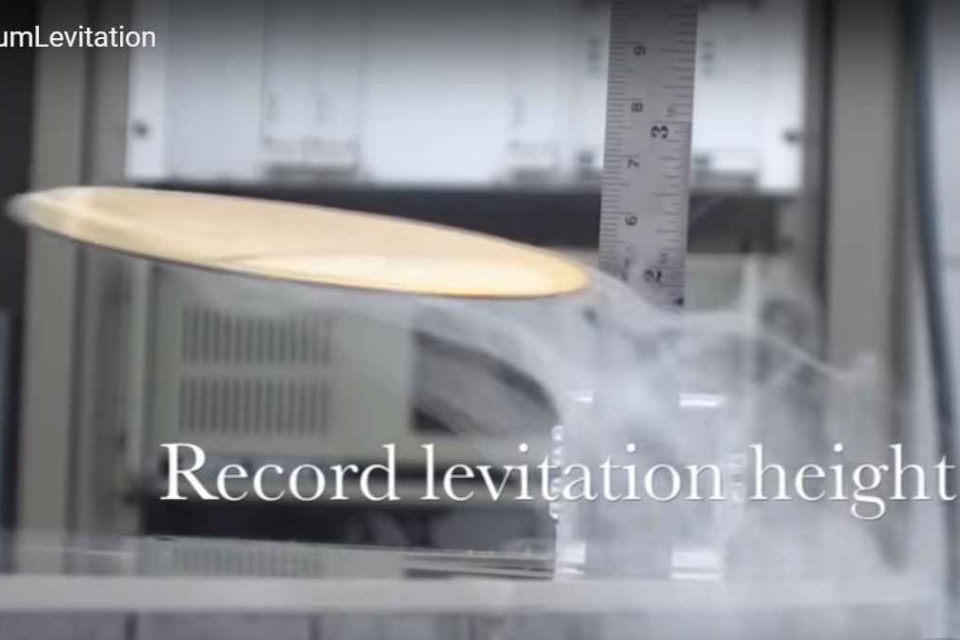Quantum Levitation using Nanoparticle Superconductors and Liquid Nitrogen

Superconductivity, a phenomenon whereby a charge moves through a material without resistance, was first discovered in 1911 by Dutch physicist Heike Kamerlingh Onnes. Since then superconductor continues to fascinate and attract the interest of scientists and non-scientists all around the globe.
Being the only quantum phenomena visible to the naked eye, Superconductivity offers a unique window to quantum mechanics. If you want to get young minds excited about science and engineering, superconductor may be one of the fascinating concept to get them started. Superconductors have many applications and use cases, including quantum levitation. Quantum levitation is a process where scientists use the properties of quantum physics to levitate an object (specifically, a superconductor) over a magnetic source (specifically a quantum levitation track designed for the purpose).
In a very simple way, Quantum magnetic levitation boils down to another physical phenomenon called the Meissner effect, which only occurs when a material is cold enough to behave like a superconductor. The Meissner effect was discovered in 1933 by German physicists Walther Meissner and Robert Ochsenfeld. As the two physicists were measuring the magnetic field intensity surrounding certain materials, they found that, when the materials were cooled to the point that they became superconducting, the magnetic field intensity dropped to nearly zero. The Meissner effect basically negates all magnetic fields inside of the superconducting material.
The process was best explained in an article by in Scientific American, which said: “At normal temperatures, magnetic fields can pass through the material normally. Once it is cold enough to exhibit superconductivity, however, those magnetic fields get expelled. Any magnetic fields that were passing through must instead move around it. When a magnet is placed above a superconductor at critical temperature, the superconductor pushes away its field by acting like a magnet with the same pole causing the magnet to repel, that is, “float”—no magical sleight of hand required.”
Now back to quantum levitation. One of the most intriguing aspects of the Meissner effect is that it later led to a process that has come to be called quantum levitation.
In the video below, you see what happens when superconducting disc is suspended above or below a set of permanent magnets. The magnetic field is locked inside the superconductor; a phenomenon called ‘Quantum Trapping’. Strange physics emerges when you mingle a superconductor, magnet and liquid nitrogen. Interested in conducting the same experiment in the video? You can buy your own quantum levitation kit by visiting https://www.quantumlevitation.com/




